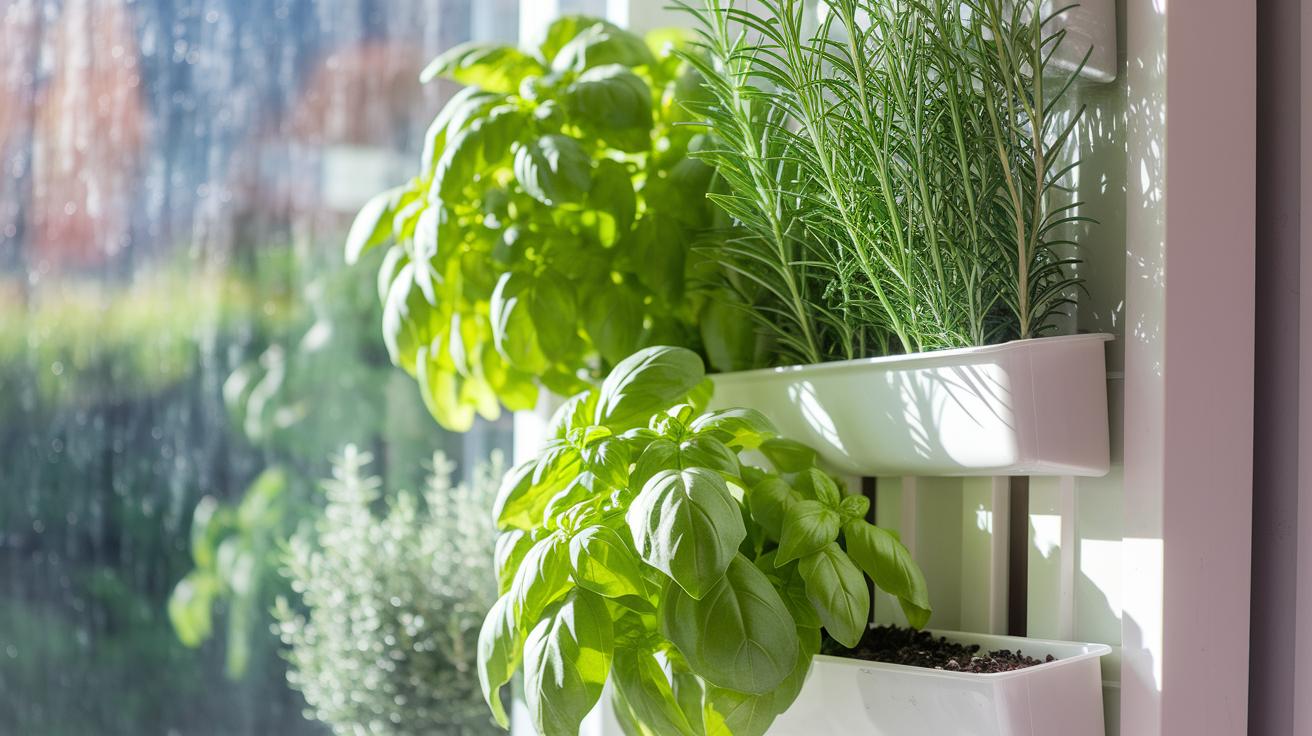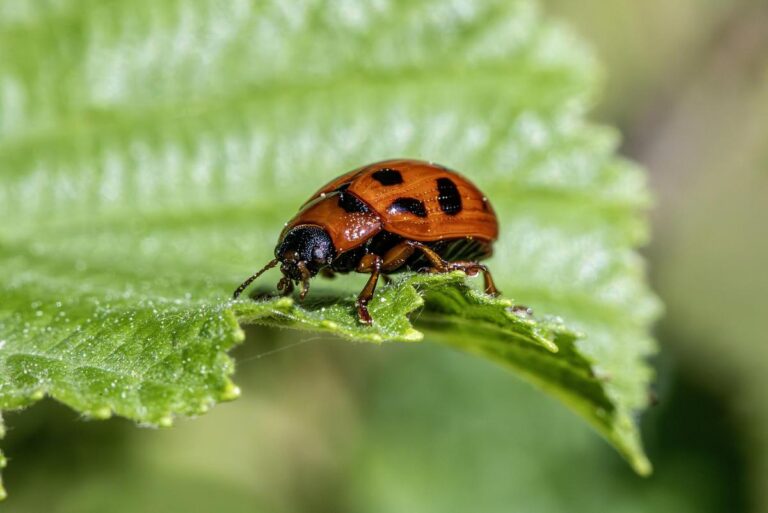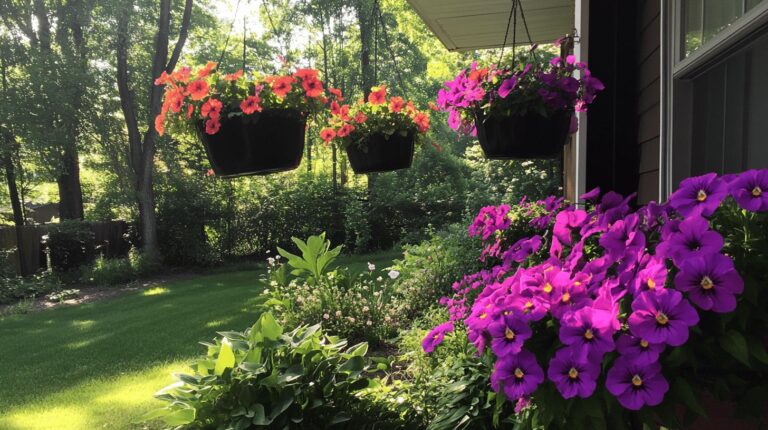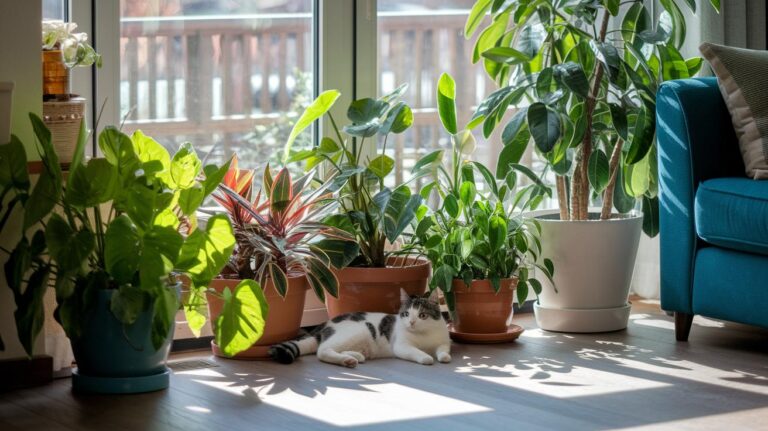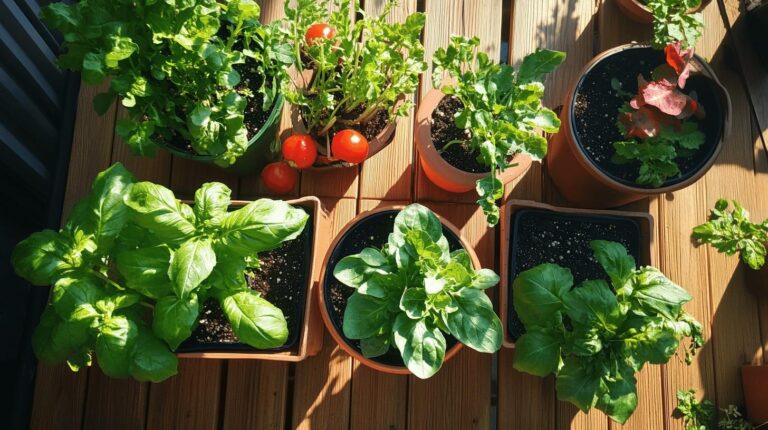Vertical Herb Garden Lighting Requirements Ignite Growth
Have you ever stood beside your stacked herb tower and noticed your basil stems stretching like wiggly noodles toward the light? It’s like they’re begging for a little extra glow. Without the right light, your thyme smells faint and your parsley looks spindly, too.
Plants really love a brightness of 4,000 to 6,000 lux (lux is how bright light looks) or 150 to 300 micromoles per square meter per second PPFD (PPFD is the light plants use to grow). That’s the sweet spot for 12 to 16 hours a day, and your herbs will soak up the glow like a sponge. Think of it as giving them a daily sunbath indoors.
Oops, I once set my timer for only 8 hours instead of 16, and my rosemary gave me the stink eye. Back to hanging lights. We’ll go over where to position your bulbs so each tier basks in soft glow and gentle hum. Then you’ll have a lush, flavor-packed herb harvest all year long!
Vertical Herb Garden Lighting Requirements Ignite Growth
Stacking herbs on a vertical rack? You’ll need the right light strength, color mix, and timing to keep basil, thyme, and parsley happy. Each tier can shade the one below it. Aim for 4,000 to 6,000 lux (that’s how bright a light looks) or 150 to 300 µmol/m²/s PPFD (a plant-friendly light measure) so your herbs grow big, leafy, and strong. And give them light for 12 to 16 hours a day. Too little, and you’ll end up with spindly stems and patchy leaves.
| Herb Variety | Recommended Lux | Daily Light Hours |
|---|---|---|
| Basil | 4,000–6,000 | 12–16 |
| Thyme | 4,000–6,000 | 12–16 |
| Parsley | 4,000–6,000 | 12–16 |
Natural light feels free and lovely. You get the soft hum of morning sun on leaves. But clouds and seasons mess with your herbs, one day they burst, the next they slump. So I mix in LED panels or T5 fluorescent tubes. You can set LEDs to that same 4,000–6,000 lux (150–300 µmol PPFD) and a blue-to-red color mix of about 3 to 1 at 450 nm and 660 nm. Then I slap them on a timer for a steady 12–16 hours. No more guesswork.
If your south-facing window pours in extra sunshine, turn down the lights so nothing bakes. I once wilted my parsley until I learned that trick. And here’s a fun tip, tape a shiny board behind your rack so light bounces up to the lower herbs. You’ll see those bottom leaves perk right up.
Rotate your pots each week, too. That way each side gets its fair share of light. A quick PPFD meter check (it’s just a handheld light reader) tells you if you’ve nailed even coverage. Do that, and you’ll spot lush, uniform basil, thyme, and parsley ready for snips anytime.
Comparing LED vs. Fluorescent Fixtures for Vertical Herb Garden Lighting
Have you tried lighting a tall herb rack? Getting enough light without frying your basil can feel like a magic trick.
LED panels sip just 20-40 watts per square foot (power your light uses). They often top 2.5 micromoles per joule (µmol/J; how well plants turn light into food). They run cool enough to sit 12-18 inches above your herbs without burning leaves. And they can keep shining for about 50,000 hours before they start to dim.
Fluorescent T5 tubes cost less at first and give a decent, balanced light (range of colors plants use). But they pull more power to match LED brightness. They also run warmer in tight racks, which can lead to burnt leaf edges or tall, leggy stems.
I once forgot how hot a T5 could get and nearly singed my thyme. Oops. And you’ll swap those tubes after around 20,000 hours to keep your little sprouts happy.
Here’s a quick look at how they stack up.
- LED panels use just 20-40 W/ft², so they’re easy on your energy bill.
- They stay cool to the touch, keeping stacked tiers safe from leaf burn.
- Their full-spectrum light often exceeds 2.5 µmol per joule, giving plants a real boost.
- T5 tubes cost less up front but draw more power for the same glow.
- They run hotter, which can scorch leaves in tight shelves.
- You’ll replace T5 bulbs after about 20,000 hours, more work for you.
So, if money’s tight right now, T5s will fit the bill. But if you want long-term energy savings and a cool-running light that can hug your vertical herbs, go with LED panels.
Fixture Placement and Mounting Strategies in Vertical Herb Gardens
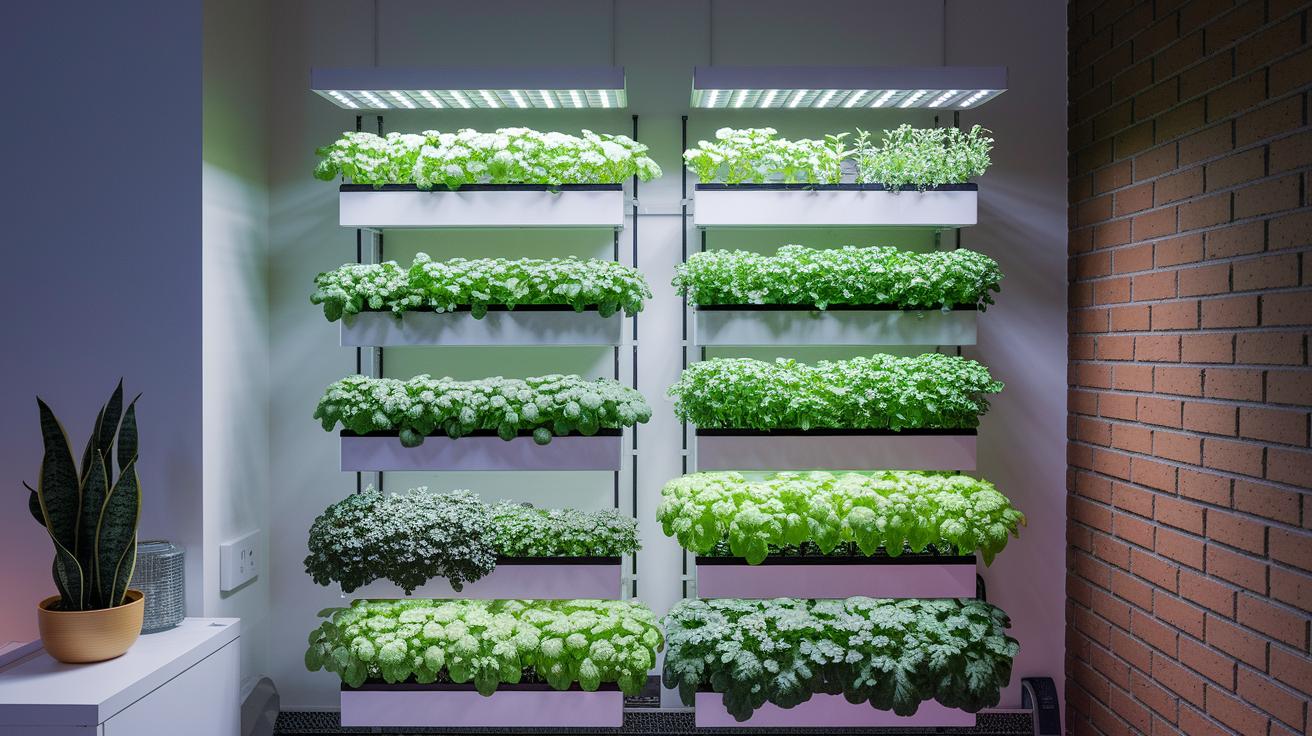
Ever notice how in a tall rack the top herbs soak up all the sun while the bottom ones huddle in the shade? In a multi-tier fixture layout, each shelf gets its own little sun patch. But if your lights hang too high, the bottom shelf turns into shadow land. You’ll spot limp basil or skinny parsley stems. Keep your lights about 12 to 18 inches above each level’s leaves. That gives even PPFD (the light your plants use for photosynthesis) without overheating them. And if you choose fixtures with adjustable heights, you can raise them as your seedlings stretch up. These tweaks make sure no herb bed feels forgotten.
Have a small setup, like an indoor hydroponic herb garden? Um, try sticking LED strips under each shelf on adjustable rails. They shine light exactly where you need it. Space those strips 8 to 12 inches apart so their beams overlap like friendly neighbors. Paint the backboard white or slap on reflective film to bounce stray rays into dark corners. By the way, my cat loves sunbathing on the lower shelf, it’s a tiny bonus sunlight inspector. Back to lighting: as your herbs fill in, slide the rails forward or backward to aim the light just right. If the shelves start getting crowded, pop the top lights up a bit and nudge the lower ones closer to the leaves. This mix of tiered fixtures and reflective lining keeps every single herb glowing, no one’s left in the dark.
Maximizing Energy Efficiency and Cost-Effectiveness in Vertical Herb Garden Lighting
Ever wonder how to keep your herbs glowing on a shelf without racking up big bills? Try smart timers you can control from your phone. They set light cycles for you and track monthly power use (that is how much electricity you use each month). Then you’ll spot any spikes before they sneak onto your bill. And if you note how your herbs grow at different times, you’ll know just when to dial the lights down or bump them up.
- Track monthly power consumption: log kWh (kilowatt-hours) versus how many herbs you harvest to find the perfect run time.
- Check electricity costs: 50 kWh at $0.15 per kWh adds $7.50 to your bill. Cutting back by 25 percent saves almost $2 each month.
- Automate with smart timers: set seasonal light changes and skip manual resets when the days grow longer or shorter.
Swapping old bulbs for new LED lights might cost more up front. But in one growing season you often earn that back through lower bills. Look for full-spectrum panels (they show all the colors plants need) with dimmable drivers and recycled-aluminum housings for a longer life. You’ll use fewer watts per shelf, keep your utility costs down, and help the planet, all while your basil still plumps up in the warm, soft glow.
Managing Heat and Hot Spots
Have you noticed some pots stretching tall while others look burnt? That means your lights are bunched too close and creating hot spots under the rack. When bulbs sit tight they trap humidity and turn basil leaves into crispy chips. Oops, I once forgot to space my seedlings and my parsley looked sad and scorched.
To hunt down those heat pockets, grab your handheld meter (it measures PPFD, the light plants actually use). Um, walk each shelf and feel the gentle buzz of the bulbs. Sketch a simple grid on scrap paper. Mark where PPFD dips low or spikes high so you know which spots need help.
Now let your rack breathe. Move the shelves a few inches apart so air can flow. Clip-on fans or fan-cooled panels shove stale air away from hot lamps. If the top tier still feels warm to the touch, dim those lights a bit. That way your lower herbs get plenty of glow without turning into crispy chips.
Automated Controls and Sensor Integration for Precision Lighting
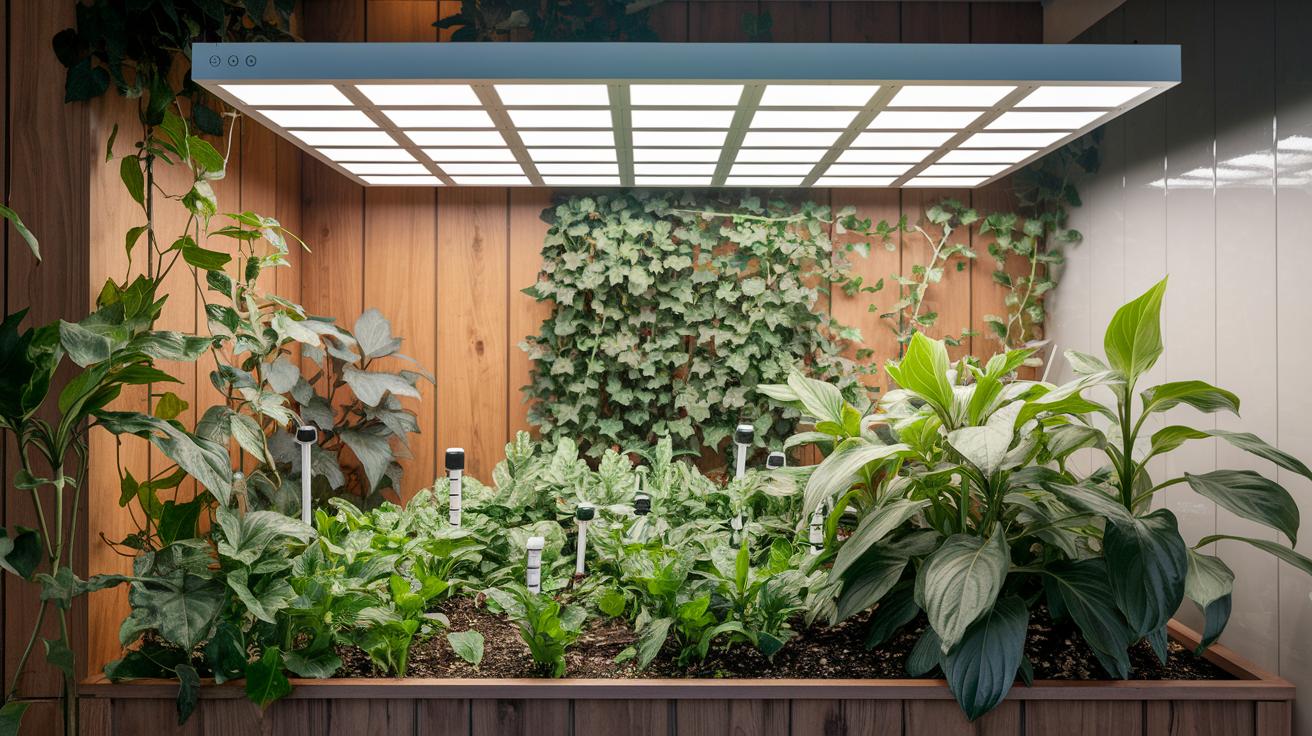
Ever miss flipping your herb lights when fall days get shorter? Automated lighting control steps in like a garden butler. You tell it when to shine, bright at 6 a.m. on weekdays, soft at 8 p.m., and it just works. No more dashing around.
And if clouds roll in or you spot wilting basil, Bluetooth or Wi-Fi panels let you tweak the glow right from your phone. One neat cord-tidying tip: bundle cables in a reusable sleeve and clip it to your rack so nothing trips you up when you grab fresh basil.
Light-intensity sensors (they measure how much light hits your plants) keep herbs in the sweet spot of 150–300 µmol/m²/s PPFD (Photosynthetic Photon Flux Density, a fancy way to say plant-friendly light level). These in-line meters chat with your LED fixtures and dim or boost the glow to hit your targets. I like to boost blue light when seedlings stretch, then dial up red during buds. It feels like a friendly assistant, always giving your herbs the right glow.
Final Words
We dove right into setting 4,000–6,000 lux (150–300 µmol/m²/s) and 12–16 hours of blue:red light for sturdy basil, thyme, and parsley.
Then we compared LEDs and fluorescents, mapped fixture heights, added rail systems, lined backboards, and tested timers, reflective films, and ventilation in tight spaces.
Finally, we tackled energy savings, PPFD mapping for dark spots, dimmable panels, and smart sensors for hands-off growth.
Your herbs are about to thrive under these vertical herb garden lighting requirements.
FAQ
Frequently Asked Questions
What are the lighting requirements for a vertical herb garden?
The lighting requirements for a vertical herb garden are 4,000–6,000 lux (about 370–560 fc) or 150–300 µmol/m²/s PPFD, 12–16 hours daily, and a 3:1 blue-to-red light balance.
How do I design lighting for a green or plant wall?
Designing green wall lighting means spacing adjustable fixtures 12–18 inches above plants, lining backboards with reflective material to cut shadows, and choosing LED or T5 fluorescent tubes with a balanced full spectrum.
How can beginners grow plants indoors with grow lights?
Beginners can grow plants indoors by choosing full-spectrum LED lights rated 20–40 W per ft², setting timers for 12–16-hour photoperiods, and keeping fixtures 12–18 inches above foliage.
Which indoor plants thrive under grow lights?
Indoor plants like herbs (basil, thyme), leafy greens (lettuce, spinach), and tropicals (pothos, philodendron) thrive under grow lights that offer 4,000–6,000 lux and a balanced blue-to-red spectrum.
What is the best lighting for growing herbs indoors?
The best lighting for growing herbs indoors is full-spectrum LED delivering 4,000–6,000 lux or 150–300 µmol/m²/s PPFD, 12–16 hours daily, to support compact, flavorful leaf growth.
Can you grow herbs in a vertical garden?
You can grow herbs in a vertical garden by using stackable trays or wall-mounted pockets under consistent light, maintaining 4,000–6,000 lux, proper watering, and good airflow.
Will herbs grow under LED lights?
Herbs will grow under LED lights that provide a full spectrum and deliver 150–300 µmol/m²/s PPFD for 12–16 hours, encouraging sturdy, aromatic growth without excess heat.

